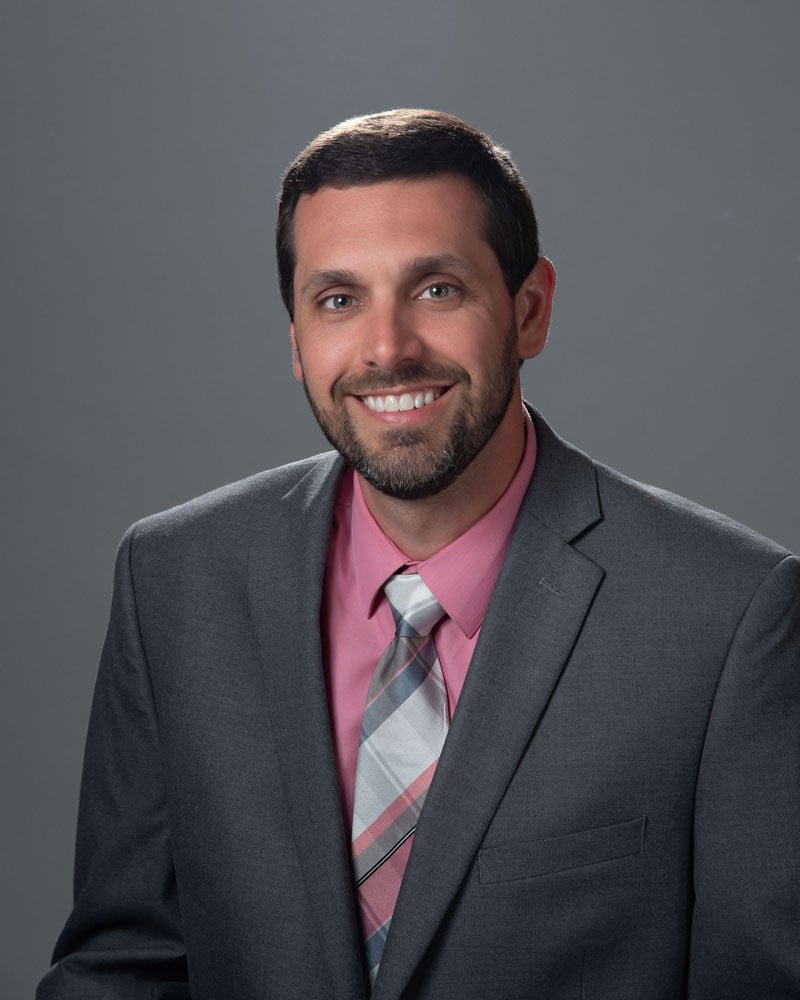4 min read
Which Parent Can Claim Child-Related Tax Breaks After Divorce or Separation?
Divorce or legal separation creates many questions. Among the most important financial considerations for couples with...
Submitted By: Samuel D. Fries on Feb 9, 2023 2:00:00 PM

The Setting Every Community Up for Retirement Enhancement 2.0 Act (SECURE 2.0) includes important changes that will affect employer-sponsored retirement plans and self-employed people looking to save for retirement. Here's an overview of key provisions for small business owners who currently offer a retirement plan—or want to add retirement saving benefits in the future.
Designated Roth Accounts for Employer Contributions
For several years, employers offering 401(k), 403(b) and 457(b) plans have been allowed to offer Roth versions of these accounts that allow employees to contribute after-tax dollars. These accounts are called designated Roth accounts. For the employee, the advantage of making contributions to a designated Roth account is that future qualified distributions from the account will be federal-income-tax-free.
SECURE 2.0 allows employers that offer 401(k), 403(b) and 457(b) plans to amend their plans to allow employees to choose to have all or part of any employer matching contributions and employer nonelective contributions made to designated Roth accounts.
Nonelective contributions are employer contributions that aren't tied to the amount of an employee's salary-reduction (elective-deferral) contribution, if any. Such nonelective employer contributions can be a fixed amount, a percentage of pay or a discretionary amount that the employer determines at the end of the plan year. Matching contributions and nonelective contributions made to employee-designated Roth accounts must be treated as 100% vested when made.
This change is effective for contributions made after December 29, 2022. Realistically, however, employers that are interested in this option will need some time to amend their plan documents.
If you decide to offer this option, it's important to remind your employees that contributions to designated Roth accounts are included in the employee's taxable salary income. Therefore, the employee must have enough cash on hand to cover the related income tax hit.
No RMDs from Designated Roth Accounts
Before SECURE 2.0, the required minimum distribution (RMD) rules applied to balances in employer-sponsored designated Roth accounts. These rules generally kick in after employees reach age 72, or age 73 if they attain age 72 in 2023 through 2032.
Beginning in 2024, SECURE 2.0 stipulates that these accounts will no longer be subject to the RMD rules as long as the employee lives. So, employees can leave their designated Roth accounts untouched in order to continue earning federal-income-tax-free income and gains. However, after an employee dies, the beneficiary of the employee's designated Roth account must comply with the RMD rules for inherited accounts.
Designated Roth Accounts for SIMPLE IRAs and SEPs
SIMPLE IRAs and simplified employee pensions (SEPs) are most commonly set up for self-employed individuals. Before SECURE 2.0, these accounts could accept only pretax (deductible) contributions. Now, for tax years starting in 2023, these plans can offer designated Roth accounts that accept after-tax (nondeductible) contributions.
This change is effective for contributions made after December 29, 2022. Again, small businesses that are interested in this option will realistically need some time to amend their plan documents.
Important: As with employees, contributions to designated Roth accounts are included in the account holder's taxable salary or taxable self-employment income. Therefore, the account holder must have enough cash on hand to cover the related income tax hit.
Starter 401(k) Plans
SECURE 2.0 will allow employers that don't currently have retirement plans to offer so-called "starter" 401(k) plans or "safe-harbor" 403(b) plans. These plans would require all employees to be enrolled by default, unless they elect otherwise, into making salary-reduction contributions equal to 3% to 15% of their compensation. With these plans, the only contributions that are allowed are salary-reduction contributions by eligible employees. Employers can't make matching or nonelective contributions.
The annual contribution limit for starter 401(k) and safe-harbor 403(b) plans will equal the current IRA contribution limit. For 2023, the limit is $6,500 ($7,500 for those age 50 and older). This change will take effect for plan years that begin after 2023.
Enhanced Credit for Small Employer Retirement Plan Start-Up Costs
SECURE 2.0 liberalizes the retirement plan start-up cost tax credit for small employers. Before the new law, the credit equaled 50% of eligible plan administration costs during the first three years. The maximum annual credit was $5,000.
Starting in 2023, SECURE 2.0 increases the first-year credit rate from 50% to 100% for employers with 50 or fewer employees. The credit rate falls to 75% of eligible administrative costs for the second year, 50% for the third year and 25% for the fourth year. No credit is available beyond the fourth year. The new-and-improved credit isn't available for defined benefit pension plans, however.
Important: SECURE 2.0 doesn't change the rules for claiming a tax credit for retirement plan start-up costs incurred by an employer with 51 to 100 employees.
For More Information
SECURE 2.0 enhances retirement saving opportunities. In addition to the provisions that affect employers and self-employed individuals, the new law contains provisions that affect individuals who want to save for retirement. But the effective dates for the changes are staggered, which complicates matters. Contact SSB if you have questions about how the new law might affect you or your business.
4 min read
Dec 30, 2025
Divorce or legal separation creates many questions. Among the most important financial considerations for couples with...
5 min read
Dec 26, 2025
The Free Application for Federal Student Aid (FAFSA) form for the 2026-2027 school year is now available. The FAFSA was...